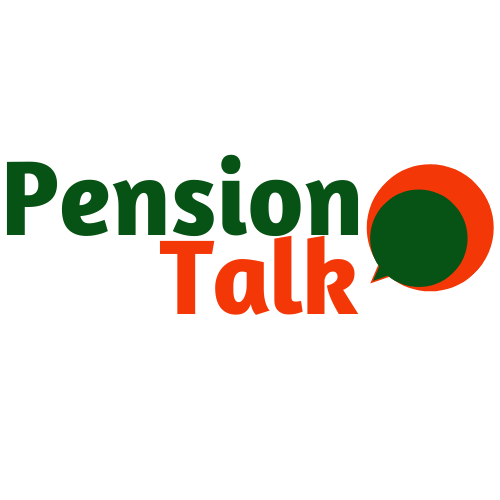
The Pension Reform Act (PRA) of 2014 established a ground-breaking rule for employers in the private and public sectors in an effort to safeguard the financial security of employees at retirement. With a few exceptions, organizations with three or more employees are required to participate in the Contributory Pension Scheme (CPS) under Section 2 of the PRA 2014.
While the CPS is not compulsory for employers with fewer than three employees or for self-employed individuals, they are provided with an alternative option known as the Micro Pension Plan (MPP). This non-compulsory plan enables them to access the benefits of the CPS, as stipulated by Section 2(3) of the PRA 2014. Again, the PRA takes into consideration those not in the regular salary work or organized labour as they are often referred to.
To comply with this regulation, employers falling within the aforementioned categories must contribute and remit monthly pension contributions on behalf of their employees. The CPS mandates employers to contribute a minimum of 10% of the employee’s monthly emoluments, comprising the basic salary, housing allowance, and transportation allowance (BHT)while employees are also required to contribute 8% of their BHT to the scheme.
The term “Contributory Pension Scheme” implies the shared responsibility of both the employer and employee. However, it is worth noting that higher contribution rates can be agreed upon by both parties, subject to approval by the National Pension Commission (PenCom).
Conversely, the contribution process for those opting for the MPP is not bound by predetermined rates. Instead, individuals have the freedom to contribute based on their capacity and convenience. Whether it is daily, weekly, monthly, or in any other manner, the flexibility of the MPP allows for adaptable contribution patterns.
Navigating the Pension Contribution Process
Before embarking on the pension contribution process, both employers and employees must fulfill certain requirements. In this discussion, our focus will be on the responsibilities of employers.
Employers’ Checklist
Obtaining an Employer Code (EC)
First and foremost, employers must register with the National Pension Commission (PenCom) to obtain an Employer Code (EC). This unique code is assigned to each employer enrolled under the CPS and serves as a crucial identifier within the pension industry. All employees associated with a particular employer will be referenced by this code.
Without the EC, employers will be unable to remit pension contributions for their employees. Therefore, obtaining the EC is an essential step in the process.
To obtain an Employer Code (EC), employers will approach a Pension Fund Administrator (PFA) and provide the following information and documents:
- Copy of the Corporate Affairs Commission (CAC) registration certificate.
- Tax Identification Number (TIN) document.
- A letter addressed to PenCom, submitted on the company’s official letterhead, applying for the Employer Code.
The above documents are required to obtain an Employer Code from PenCom, which enables employers to remit pension contributions for their employees. Additionally, the EC serves as a reference point for future transactions within the CPS framework.
Timely remittances of Deducted Contributions
Employers are empowered by law to deduct a certain percentage at source from the employee’s emoluments on a monthly basis. Such deduction is then remitted on behalf of the employee to his or her preferred Pension Fund Administrator (PFA). By law, the total amount to be remitted is equivalent to 18% of the employee’s emoluments which is comprised of Basic salary, Housing and Transportation allowances often coined as BHT.
The minimum deduction from the employee’s emoluments is 8% while the employer contributes 10% of the emoluments as part of his own payroll expenses.
Employers are therefore obligated to remit an employee’s pension contribution (both employer and employee portion) latest by 7 working days after it has been deducted.
Opening of Retirement Savings Account (RSA) for Employees if..
It is the responsibility of the employee on whose behalf pension contributions are made to open a Retirement Savings Account (RSA) with any PFA of choice as soon as he or she has started earning salary or income.
It is only after an RSA is opened that the employee will be issued a unique and one-time RSA Personal Identification Number (PIN) which is then used to remit monthly contributions to the PFA.
This, therefore, means that without an RSA, there will be no RSA PIN. And without an RSA PIN, the employer cannot remit monthly pension contributions even if deducted.
However, if the employee fails to open an RSA 6 months after joining employment, Section 11(5) of the PRA obliges the employer to open an RSA for such employee with any PFA for the purpose of remitting the employee’s monthly contribution.
For further guidance on obtaining an Employer Code (EC) and remitting employees’ pension contributions, particularly for new employers entering the CPS or existing employers seeking to fulfill their obligations, feel free to talk to a pension expert. They can provide invaluable assistance and support throughout the process.


